-
×
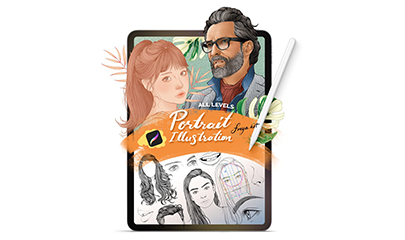 Procreate Portrait Academy By Freya Kotchakorn
1 × $39,00
Procreate Portrait Academy By Freya Kotchakorn
1 × $39,00 -
×
 100K Day Setup Elite Package By TG Watkins – Simpler Trading
1 × $69,00
100K Day Setup Elite Package By TG Watkins – Simpler Trading
1 × $69,00 -
×
 Halloween Crafts and Party Ideas By Marie LeBaron
1 × $5,00
Halloween Crafts and Party Ideas By Marie LeBaron
1 × $5,00 -
×
 LinkedIn Dominance By Steve Rosenbaum
1 × $69,00
LinkedIn Dominance By Steve Rosenbaum
1 × $69,00 -
×
 Training Session - Guard position by Renzo Gracie
1 × $6,00
Training Session - Guard position by Renzo Gracie
1 × $6,00 -
×
 Bank And Financial Institution Modeling 2024 By Breaking Into Wall Street
1 × $109,00
Bank And Financial Institution Modeling 2024 By Breaking Into Wall Street
1 × $109,00 -
×
 The Art of Generating AI Content By Astra Gallery
1 × $15,00
The Art of Generating AI Content By Astra Gallery
1 × $15,00 -
×
 The Apocryphal Jesus By David Brakke
1 × $5,00
The Apocryphal Jesus By David Brakke
1 × $5,00 -
×
 Your Public Persona: Self-Presentation in Everyday Life By Mark Leary
1 × $5,00
Your Public Persona: Self-Presentation in Everyday Life By Mark Leary
1 × $5,00 -
×
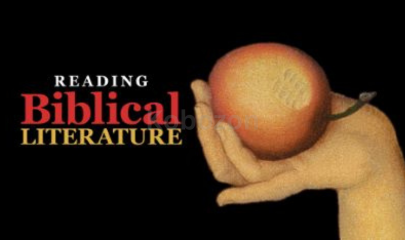 Reading Biblical Literature: Genesis to Revelation By Craig Koester
1 × $5,00
Reading Biblical Literature: Genesis to Revelation By Craig Koester
1 × $5,00 -
×
 DS4B 102-R: Shiny Dashboards By Matt Dancho
1 × $39,00
DS4B 102-R: Shiny Dashboards By Matt Dancho
1 × $39,00 -
×
 MovNat® Mobility By Danny Clark - MovNat
1 × $39,00
MovNat® Mobility By Danny Clark - MovNat
1 × $39,00 -
×
 The SPY Beginners Flys And Calendars Deep Dive 2023 By Dan Sheridan And Sheridan Options Mentoring
1 × $31,00
The SPY Beginners Flys And Calendars Deep Dive 2023 By Dan Sheridan And Sheridan Options Mentoring
1 × $31,00 -
×
 The Persian Empire By John Lee
1 × $5,00
The Persian Empire By John Lee
1 × $5,00 -
×
 Foundations of Programming By Reactive Training Systems
1 × $69,00
Foundations of Programming By Reactive Training Systems
1 × $69,00 -
×
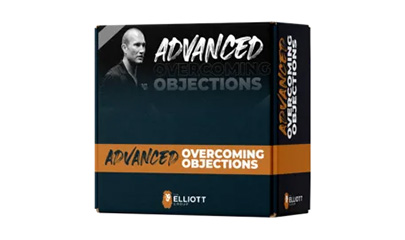 Advanced Overcoming Objections By Andy Elliott
1 × $69,00
Advanced Overcoming Objections By Andy Elliott
1 × $69,00 -
×
 Training the Electric/Magnetic Lines of Force with Movement By Sixty Skills
1 × $15,00
Training the Electric/Magnetic Lines of Force with Movement By Sixty Skills
1 × $15,00
The Real Ancient Egypt By Wondrium
$169,00 $5,00
A Journey Through The Real Ancient Egypt – Digital Download!
Let’s embark on a captivating adventure to uncover remarkable insights that spark your curiosity and elevate your understanding
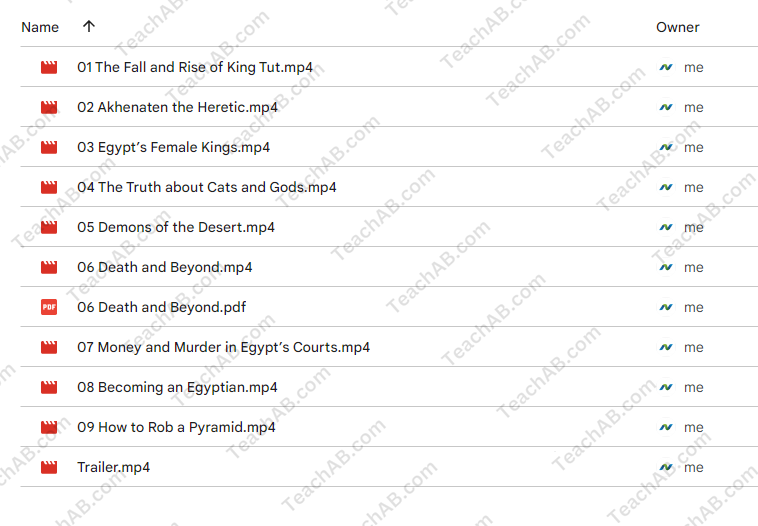
The Real Ancient Egypt By Wondrium
Overview

A Journey Through The Real Ancient Egypt
The allure of ancient Egypt has captivated the human imagination for millennia. From the majestic pyramids that pierce the sky to the intricate hieroglyphics that tell stories of gods and pharaohs, the mystique of this civilization evokes both wonder and curiosity. The miniseries The Real Ancient Egypt, produced by Wondrium, delves into this profound legacy through the lens of four respected egyptologists: Betsy M. Bryan, Melinda Hartwig, Kate Liszka, and Kasia Szpakowska. Over nine intriguing episodes, each lasting approximately 25-30 minutes, the series dismantles myths while presenting the intricacies of ancient Egyptian life. Through their combined expertise, the scholars navigate key societal aspects, focusing not only on illustrious kings and deities but also on the everyday lives of common people and the complexities of their beliefs about life and death.
Structure of the Series
Episode Overview
The Real Ancient Egypt showcases a carefully crafted structure designed to educate and engage viewers. Each episode addresses different facets of this ancient civilization, creating a well-rounded understanding of its culture. Below is a summary of the episodes, highlighting their thematic focus:
| Episode | Duration | Key Topics |
| 1 | 25-30 mins | Daily Life in Ancient Egypt |
| 2 | 25-30 mins | Religion and Deities |
| 3 | 25-30 mins | The Role of Women in Power |
| 4 | 25-30 mins | Kings and Pharaohs: Tutankhamun and Akhenaten |
| 5 | 25-30 mins | Beliefs About the Afterlife |
| 6 | 25-30 mins | Tomb Robbery and its Implications |
| 7 | 25-30 mins | Social Structure and Daily Hierarchies |
| 8 | 25-30 mins | Ancient Egyptian Art and Architecture |
| 9 | 25-30 mins | Daily Life Compared: Then and Now |
This arrangement encourages viewers to view ancient Egyptians not merely as figures of historical grandeur but as complex individuals with diverse experiences. The episodes weave narratives that include discussions around kingship, the significance of the afterlife, and the societal fabric that governed their lives.
Engaging Format
One of the defining features of this series is its conversational style. Unlike traditional lecture formats where information is rigidly presented, the scholars in The Real Ancient Egypt engage in dynamic discussions that allow for varying perspectives and interpretations. This format not only softens the academic rigor often associated with Egyptology but also fosters an inviting atmosphere for viewers at all knowledge levels. The blend of dialogue, anecdotes, and visual aids effectively captures the enchanting essence of ancient Egypt, making learning both immersive and enjoyable.
Challenging Misconceptions
The Focus on Life
A significant theme tackled in this series is the prevalent misconception that ancient Egyptians were preoccupied with death. This misconception stems from the grandiosity of funerary practices and tomb constructions. Yet, the presenters argue convincingly that the essence of Egyptian culture revolved around continuity and the celebration of life rather than fear of death. Their emphasis on the vivid festival celebrations, rituals, and daily activities provides a refreshing perspective.
In the words of Kasia Szpakowska, “Ancient Egyptians were more focused on how to sustain life than merely preparing for the afterlife.” This poignant statement lays the foundation for understanding the priorities of ancient Egyptians where the living world held as much, if not more, significance than the next.
Diverse Perspectives
Moreover, the series embraces the multiplicity of views among scholars, which mirrors the complexity of ancient Egyptian society itself. As the presenters discuss the roles of women in power, the nuances of societal dynamics emerge. Melinda Hartwig’s analyses shed light on powerful female figures such as Hatshepsut, challenging the notion that ancient Egypt was strictly a male-dominated society. This intersection of historical narrative and scholarly discourse enhances the educational quality of the series, providing viewers with a more nuanced appreciation for ancient Egypt.
Presentation and Visual Aids
Engaging and Accessible
The skillful use of visual aids complements the engaging narratives shared by the presenters. From historical artifacts to digitally rendered reconstructions of ancient environments, these elements not only enhance understanding but also stir the imagination. The scholars’ passionate explanations breathe life into centuries-old artifacts, connecting viewers with a time long past.
Here are some examples of visual aids used in the series:
- Artifacts: Photographs and descriptions of significant finds, such as the sarcophagus of Tutankhamun.
- Digital Reconstructions: Visualizations of ancient temples and homes provide context for discussions on daily life and architecture.
- Illustrative Graphs: Charts depicting the social structure and hierarchy within ancient Egyptian society help demystify complex relationships.
This thoughtful incorporation of visuals transforms learning from a passive experience into an interactive exploration of history, allowing for deeper engagement.
Educational Benefits
For individuals seeking to expand their knowledge on this fascinating civilization, The Real Ancient Egypt serves as an excellent introduction. The combination of engaging storytelling, visual support, and academic depth makes the series well-rated among viewers. While it might not deliver the exhaustive detail of traditional academic courses, the approach emphasizes accessibility and highlights lesser-known aspects of ancient Egyptian life, truly enriching the viewer’s experience.
Conclusion
In The Real Ancient Egypt, Wondrium has successfully crafted a mini-series that offers an insightful exploration of one of the world’s most captivating civilizations. Through its engaging format, diverse scholarly perspectives, and challenges to common misconceptions, the series not only educates but also inspires a profound appreciation for ancient Egyptian culture. With each episode, viewers are invited to step into a world where daily life thrived under the shadows of monumental achievements and where the nuanced interplay of life and death shaped a civilization that continues to intrigue to this day. Whether you are a novice or seasoned enthusiast, this series cultivates a richer understanding of ancient Egypt, making it an invaluable addition to any educational journey.
Frequently Asked Questions:
Innovation in Business Models: We use a group purchase approach that enables users to split expenses and get discounted access to well-liked courses. Despite worries regarding distribution strategies from content creators, this strategy helps people with low incomes.
Legal Aspects to Take into Account: Our operations’ legality entails several intricate considerations. There are no explicit resale restrictions mentioned at the time of purchase, even though we do not have the course developers’ express consent to redistribute their content. This uncertainty gives us the chance to offer reasonably priced instructional materials.
Quality Control: We make certain that every course resource we buy is the exact same as what the authors themselves provide. It’s crucial to realize, nevertheless, that we are not authorized suppliers. Therefore, the following are not included in our offerings: – Live coaching sessions or calls with the course author.
– Entry to groups or portals that are only available to authors.
– Participation in closed forums.
– Straightforward email assistance from the writer or their group.
Our goal is to lower the barrier to education by providing these courses on our own, without the official channels’ premium services. We value your comprehension of our distinct methodology.
Be the first to review “The Real Ancient Egypt By Wondrium” Cancel reply
You must be logged in to post a review.
Related products
Personal Development
The Performance Stretch System Level 1 By The Stretch Therapists
Personal Development
Online – The Demartini Values Training Program – USA 2020 (Videos Only) By Dr John Demartini
Personal Development
Cognomovement An Energy Healing System With Bill McKenna and Liz Larson – The Shift Network
Personal Development
Human Design Business Kickstart Bundle 2024 By Becca Francis
Personal Development
Personal Development
Persuasion In Action Total Immersion Video Footage Collection By Ross Jeffries
Personal Development
Abundance And Money Workshop Replay By Samantha Chung & Gina Bourne

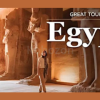




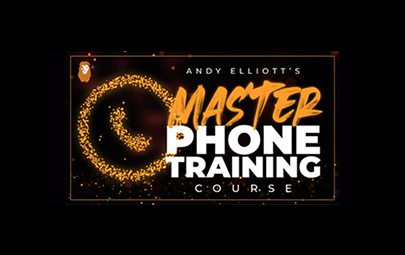









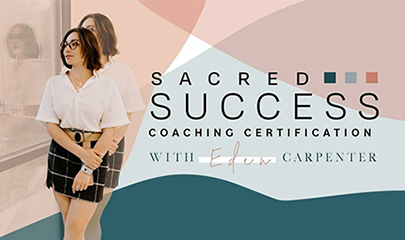


Reviews
There are no reviews yet.